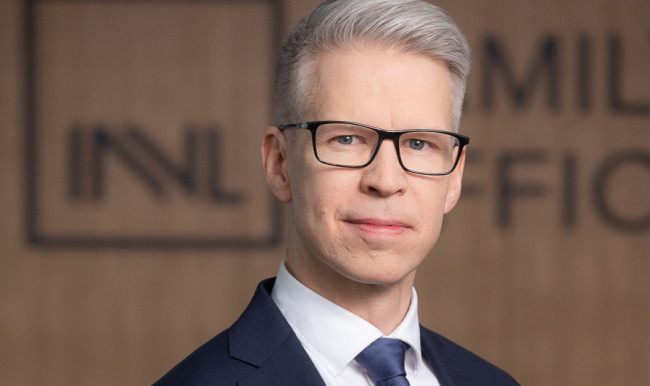
Estonian startup sector 2024: percentagewise mediocre, but revenue up 500m a year!
Allan Martinson
President of the Founders' Society
There are about 2,200 startup companies in Estonia and they employ more than 16,000 people. This year, the combined revenue of all Estonian startups will be well over 5 billion euros.
Based on the Tax Board's nine-month data, we can predict that the startup sector will grow by about 10 percent this year. Since only four or five years ago, revenues of startups were still growing between 50 and 70 percent a year, one might think that their growth has shrunk significantly. Actually, in absolute terms it has not been such a big drop: while 4-5 years ago startup revenue grew between 800 and 900 million euros per year, this year it will probably grow just under 500 million euros. There are not many industries in Estonia that can show such growth in the middle of the current recession. Could you match that?
Developments in recent years have drawn some new patterns in our startup sector. One is that the volume of investments is directly related to the achievable growth. Over the years Estonian startups have raised about 5 billion euros and their annual revenue is now also about 5 billion euros. If we placed the investments and revenue growth of the last 10-15 years on a timeline, these graphs will be very closely correlated. In other words, if we invest a billion euros in startups companies, then the total annual revenue of the sector will also grow by about a billion euros with a delay of up to 1.5 years.
Of course, the contraction of the global venture capital sector in the last few years has also affected the Estonian tech scene. The direct impact of the decline in investments will undoubtedly be seen in the lower revenue growth both today and in the next few years. Last year, Estonian startups raised about 400 million euros in capital, and their revenue growth will be in the same order of magnitude this year. If all goes well, the total volume of investments this year should probably be slightly higher, between 500m and 600m euros, so that we can expect this kind of revenue growth in 2025.
In the past year, I have often been asked whether Estonia has been particularly affected by this drought in capital financing, and the answer is simple – no. Yes, there has been a decrease, but we must keep in mind that both 2022 and 2023 where superb. This period was simply unbelievably good - the Estonian technology sector was 8-10 times better than the European average in raising capital. And because our base was so high we have had a bigger drop percentagewise. But even after the fall, we are at the top of Europe when you consider the capital raised per capita.
Startups operating in Estonia are in the centre of changes, and the sector has adapted. Some have also wrapped up and gone home - these are mostly startups at a very early stage that simply failed to raise money, and since there is little to lose at this stage, people have decided to do something else. This has not affected larger startups, because in this sector the larger the company, the more confident and financially stronger it is. And they have also become more efficient. Just think about it -
In 2020, the Estonian startup industry employed 10,000 people who made 1.5 billion euros in revenue. Now we have 16,000 people employed in the sector who generate 5 billion euros in revenue. This is about twice the revenue growth per employee in four years. At the same time the total workforce in the Estonian startup sector has fallen by about 5% over the past year. In other words, the revenue is increasing, the number of employees is decreasing, the efficiency is increasing, while such key indicators in the startup sector as the cash burn rate (the ratio of cash reserves to operating loss) is decreasing, and the cash runway (number of months until cash runs out) is increasing.
The survey conducted by the Founders' Society among its members in the spring was encouraging – around two-thirds of Estonian startups are either already profitable or have a clear projection to become profitable in the near future and do not sense an acute runway problem.
The summary of this year's TopTech and the startup sector as a whole is that tech companies are hard at work: they are more resilient and more efficient, their processes are in order and once the volume of investments is gradually restored, they will be ready for a new even faster growth cycle. Let's get going again!


